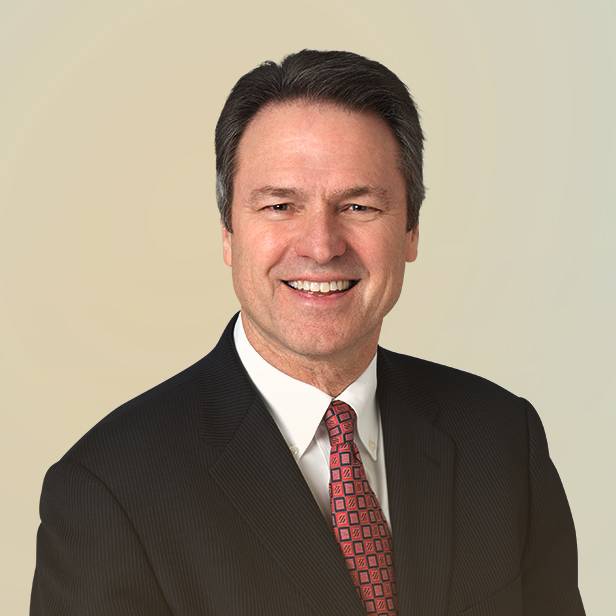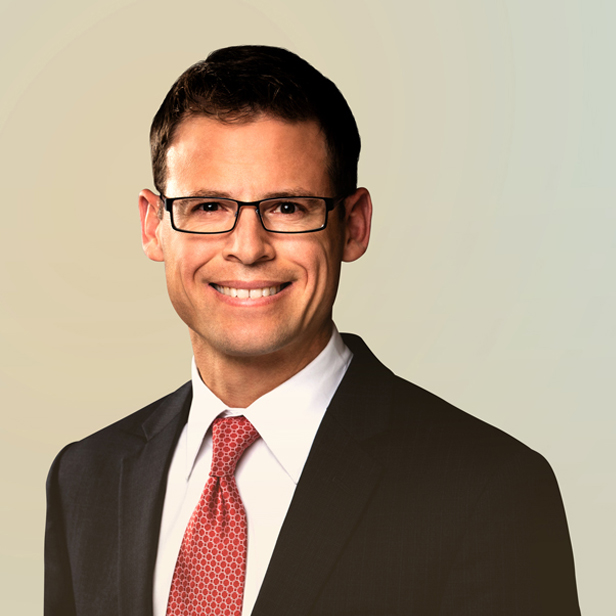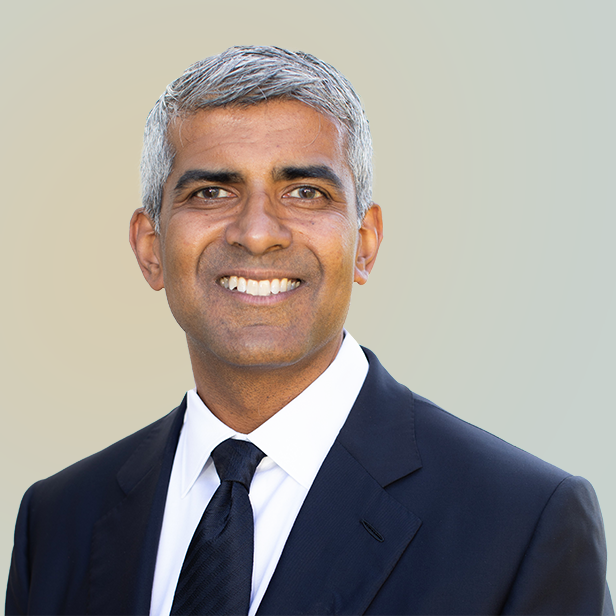Consumers in Control & the Role of Brands
Jul 2019
Lincoln Managing Directors discuss the way consumers are in the driver’s seat as it relates to branded and non-branded food companies. Click the banner above to watch the video.
Rob Brown: So, as you mention private equity and there is many private equity investors in the room here today. One of the things that we hear from them, particularly as we’re ten years into an economic expansion is: I’m really focused on businesses that I feel are going to hold up better in a downturn. Assuming we are ever going to have one. Traditionally, one of the areas that people have gone to because they feel it holds up better is food- and David, you really are one of the leaders in our food practice, maybe you can provide a little more insight around that.
David Houser: Sure, thanks Rob. So, what we’re seeing in food I would break it down into branded and unbranded. And on the branded side the dynamics are similar to what Janki referenced just a moment ago. On the branded side, you have large CPG companies who are making acquisitions earlier and earlier. These CPG companies have essentially outsourced R&D and innovation to their M&A departments. And so, every category in food is being disrupted by these emerging brands. And these emerging brands are being acquired by the large CPG earlier and earlier. So many of these businesses never get to $20 million of revenue. And so, for a PE investor the opportunity is more along the lines of growth equity investments because you don’t see these brands get to a scale where you can do an NLBO. Some of them make it, some of them get larger, but predominantly it’s a smaller investment size in the growth equity type of investment. On the unbranded side, its different, you still have the dynamics where category winners and losers are being determined by their real rate of change in social media. So the consumer is getting smarter and smarter, whether it is on the issue of sustainability or labeling, or a sophistication of food palettes or experimentation- The consumer is changing, the winners and losers in each category are changing, but on the unbranded food side, the businesses aren’t getting acquired quite so early so there’s more LBO opportunities for the private equity investor.
Alex Masters: We’re seeing, David, some of these same dynamics playing out in Europe. Especially we see too the food companies buying innovation. I call it the pharma market, because the pharmaceuticals have been buying innovation for 20-30 years but the food companies over the last four to five years have been doing the same. We also see food companies buying in capability in the online channel we’ve all been talking about. So, last year we saw Unilever buy Grays, and that was both an acquisition of a pretty small company by Unilever, one of the world’s largest CPG groups, but it was also very much the acquisition of a data driven, direct-to-consumer snacking business. Now Gray started on the online-only model and had an incredibly rich data set and if you went into its facility you could see the boards flashing in real time as products went out and they had consumer feedback coming in. And this enabled incredibly rapid innovation and they could get products out there if the products worked, they could ramp them up quickly and if the products didn’t work, they were very ruthless they could be killed in a matter of days. Also, too, we’ve heard earlier about the behind the front and the back-end setup. So, the factory, the packing operation and the interaction with the network of delivery companies was designed ground up and it gave great efficiency, it gave great speed and incredible flexibility. And when the FDA came to look at Grays’ factory in the UK, they described it in summary as the Google of food. It’s interesting, this was an innovative company six-seven years ago and it started very much in the online-only world- but it turns out that snacking is not as sticky a subscription business as something like essential personal care. So about four years ago, Grays went from its online-only snacking model into also traditional retail. So following the acquisition of Dollar Shave Club, which obviously was an essential personal care subscription model by Unilever, this was the second acquisition of a subscription model by Unilever, but I don’t think it’ll be the last by Unilever or the last by any big CPG company. Now I’ve spent years talking to the major companies, they’ve always wanted their way to bypass brick & mortar, and these days bypass Amazon. So, I think there’ll be a lot more deals by the big CPG companies getting hold of many smaller businesses that have direct access to consumers and can provide that immediate reaction to how brands are forming and what consumers want.
Chris Stradling: Thanks Alex, I actually want to add a little bit to that and maybe tie it back to some of what Dom had mentioned earlier which is this question of is retail dying and the answer is there is always going to be a place for brick and mortar retail but we’re seeing it evolve in a pretty big way and particularly the brands that are going into e-commerce, going into brick and mortar rather, are often being formed in the e-commerce environment and they often then extend into the retail space. And so as all of us know there is this huge disruption that continues to happen where you build a new channel which is this e-commerce channel, you have unlimited shelf space on places like Amazon so there’s no limit to the shelf space that you can put product on and you also make a very easy and very cost effective to deliver a targeted message to an end consumer. So what ends up happening is, and you’ve heard this theme from all of us, is that the brand messaging is getting ever more segmented and so therefore these brands that are smaller are having the ability to be successful at a much smaller level and the big companies are struggling with what do you do in this environment. There is a parallel actually with what we’ve seen over the last several decades in the news cycle which is that as things move from a broadcast environment, which was primarily driven by geography and the reach of your radio waves, and moved into a cable environment where everyone had cable in their home what happened is the content shifted from the content focused on the local to content focused on individuals focus an individual’s editorial bias perhaps. And so what we’ve seen over those decades that happened is smaller segments of the market would be targeted by different news companies that don’t necessarily try to reach the whole audience all they are trying to do is reach a particular audience that it’s interesting to. The same thing is happening in the brand space because of its disruption in e-commerce and what’s happening is it’s become very easy to deliver this targeted marketing message to an individual and to a very small slice of the market and that is disrupting the whole large brand concept. And so these large brands now are having to buy and acquire companies at a smaller level, at a smaller size, in order to figure out how to do this, how to make it work.
Janki Gandhi: Yeah so Chris, completely agree with what you’re saying about a more total targeted message, and in addition to that it’s really companies that are truly listening to their end consumer. So it’s clear that the end consumer currently is in the driver’s seat, right, they’re the ones who are pushing brands into many unique directions and they’re also going to social media and technology to really be heard, to express what’s important to them, what they’re all about, they’re literally telling the world what they’re eating, what they’re putting on their skin, what they’re buying, really what they’re doing overall. And so companies really need to be able to figure out how to take all of this data and feedback and parse through it and effectively find the valuable insights that they can then incorporate into their businesses. So how we’re seeing this play out at least in the beauty and personal care space for example is that even with all of the companies that we have presenting today, in that category, they’ve really advanced, successfully advanced their products over time and they’ve evolved their brand messaging as well to capture themes such as green, clean, natural and also associating themselves with the social cause. So, they’ve been listening to those consumers and they know what matters to them, and they’ve now incorporated it successfully into their businesses.
Brad Akason: Janki and Chris, let me pick up on a couple of things that you mentioned. Companies that are showing real mastery of direct-to-consumer selling are really attractive to the investor community today, and if you think about it, it’s Amazon that’s really creating that opportunity and the opportunity to scale. And we have a number of company presenters here, Gorilla Grip for example, that are good examples of this. These Amazon sellers are focused on brand building, just like you say, and messaging that brand, but they’re going one step further in doing something really powerful. They’re building a core competency and how to perfect selling on the Amazon marketplace. These Amazon sellers, 24/7, with their own employees, are curating, merchandising, marketing, improving how their digital shelf is shown, including price, so again, not Amazon employees. If I think about brick and mortar, Dom, it would be like a consumer product company putting one of their employees in every retail store location, to manage the shelf.
Dominic Rispoli: Yeah, and what I’d say there Brad is there is no doubt in my mind that brick and mortar retail is a component of brand building at the end of the day, and I think that we all in this room know and I certainly embrace the fact that customer acquisition online is a very powerful tool, very scalable. It also got more expensive and also more difficult to do in certain categories and so what we’re seeing is a massive proliferation of new brick and mortar locations being put up by the digitally native brands and they are doing that for a couple reasons: One, they have incredible access to data. So they can really pinpoint, where do we want to put these locations to not only serve as a location to sell product, but to really build the brand and to do it with the customer that makes the most sense for them over the long term. So, it’s one component, I would argue, as not only distribution of product but a building of brand over the long term and I find that as a really powerful theme within brick and mortar retail.
Alex Masters: We are involved in a skincare business in Europe and actually brick and mortar is important for its historic business so in its home market it’s got incredible market share, it’s got distribution in mass, in pharmacy and department stores, but I think it’s fair to say that this particular skincare brand has had difficulties and has spent years and time and money trying to grow similar brick and mortar distribution in other parts of the world and hasn’t had great success. So last year they scrapped all traditional brick and mortar outside their home market, and they’ve gone online only in Europe and China and actually they’ve had incredible success with the more specific targeting their consumer base, they’ve seen much more rapid sales growth historically at much lower costs. The interesting thing, you think about China- China is an enormous market, and the Chinese have a tendency to want to buy premium western skin care brands, especially when they know that the product inside that is real and there is nothing nasty in those tubes, in those bottles. They do actually ship into China and you sell through traditional brick and mortar you have to go through the Chinese regulatory regime, which means animal testing. And for most western skincare brands, animal testing is an anathema. But actually if you go as a directly imported product and you go through online channels like T-Mol, legitimately you can avoid that animal testing so you can address the world’s largest market for consumers and skincare without having to dilute your brand image by animal testing.
Summary
-
Lincoln International consumer experts discuss the way consumers have affected branded and non-branded food companies.
- Sign up to receive Lincoln's perspectives
Contributors

I take a long-term approach to building relationships and understanding clients' businesses in order to provide timely and relevant advice.
Alex Masters
Managing Director & Co-head of Consumer, Europe
LondonMeet our Senior Team in Consumer
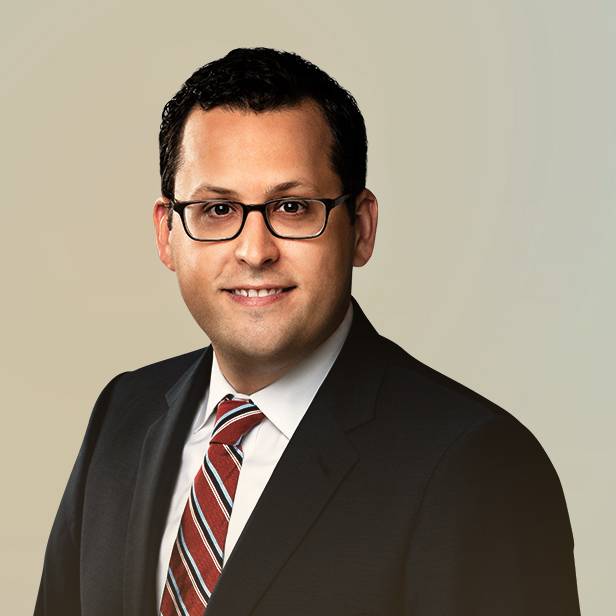
I have a hands-on approach and bring energy, creativity and passion to every client transaction.
Eddie Krule
Managing Director
Chicago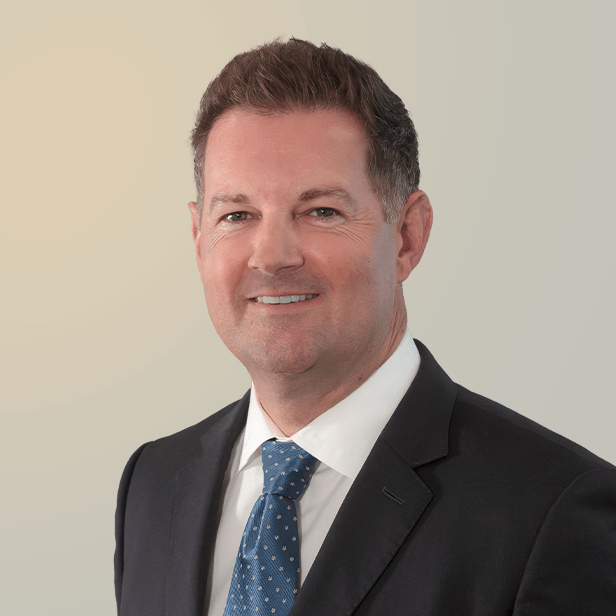
I design strategies and offer solutions that fit the unique ambitions of each client I serve.
Brian Little
Managing Director
Los Angeles
I take a long-term approach to building relationships and understanding clients' businesses in order to provide timely and relevant advice.
Alex Masters
Managing Director & Co-head of Consumer, Europe
London
